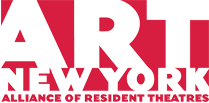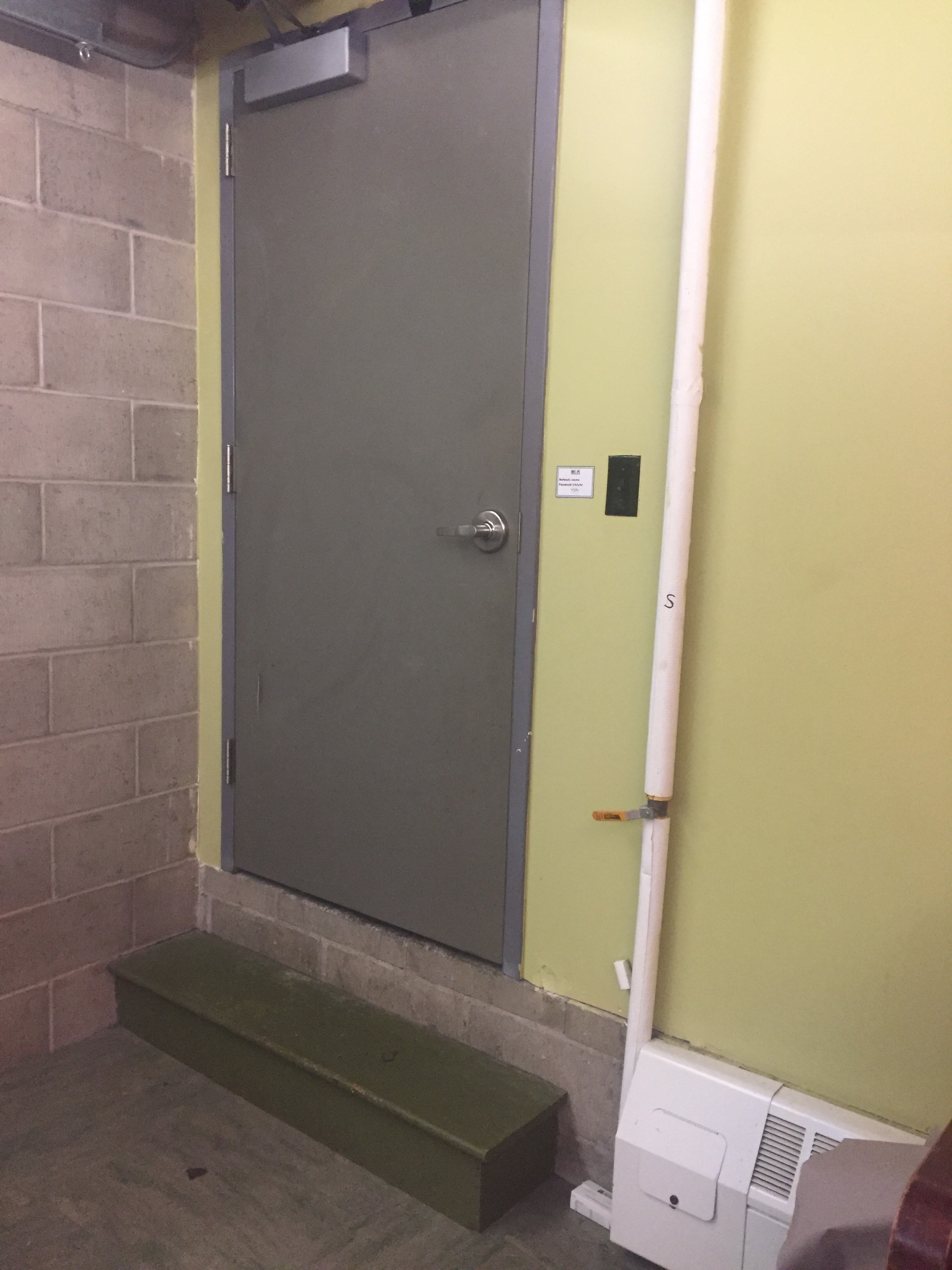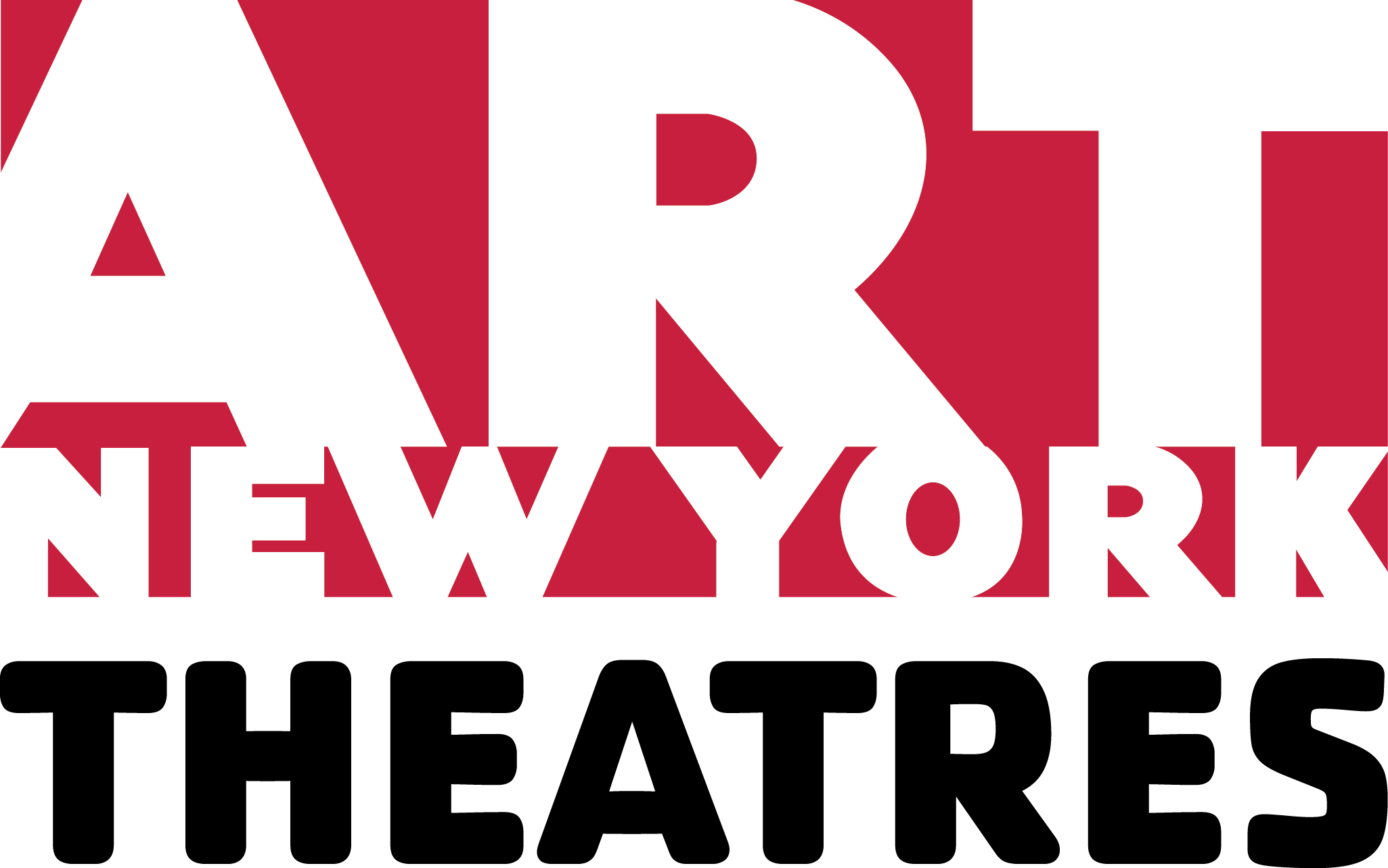- Accessibility
- Services
- Membership
- Grants
- Space
- Resources
- Podcast
- Ep.1, “OOBA // THEN AND NOW”
- EP 2, “SITI COMPANY // THE SUN HAS SET”
- EP 3, “LYNNETTE TAYLOR // WARRIOR LOVE”
- EP 4, “THE CAREGIVERS // BRINGING OUR WHOLE SELVES”
- EP 5, “TAVIA RIVÉE JEFFERSON // LAUNCH THE CLASS!”
- EP 6, "REBECCA KELLYG // HARMONIZING WITH THE SELF"
- EP 7, "THERESA BUCHHEISTER // THE ILLUSION OF STABILITY"
- EP 8, TECHNICIAN TRAINING // SENDING THE ELEVATOR BACK DOWN
- EP 9, NEW LEADERSHIP // TO BE OF SERVICE
- S2 EP1, "SAM MORREALE // MAKING THE REVOLUTION IRRESISTIBLE
- Support
- About Us
Community Case Studies: Accessibility at Dixon Place and the FAB-A.R.T/New York Disability Cohort
The New York City Arts Community has a long standing reputation of being starving, accepting, neo-liberal artists that welcome anyone into their open arms. However, we soon learn that this trope is a myth—the arts community, though “liberal” perhaps in comparison to the rest of the country, has a ways to come--especially as a predominantly white, cis-gender, male, non-disabled institution. This FAB-A.R.T./New York Disability cohort has been a constant reminder to check ones privilege. As a non-disabled person, which at first was easy for me to lose sight of as a woman of color, I ended up seeing these lessons as more relatable and became curious as to the intersections within marginalized people. Through the workshop, brainstorming with my fellow Dixon Place staff members, and meeting with Beth Prevor, our facilitator and the head of Hands On--an organization dedicated to promoting accessibility in the Arts, I was able to come up with both long-term and short-term goals to make Dixon Place a more accessible venue. I In thinking about the long-term changes that need to happen, the first thing that comes to mind is language—primarily on our website. Currently, our mission statement and accessibility page on our website uses somewhat ambiguous language--so perhaps specifying who and what bodies we choose to empower could create a more inclusive environment. From there, we have a few more ideas that are a little up in the air; one of which is to have an Artists with Disabilities Festival for a week. Each night, we would feature one to two artists with a disability and support them by offering rehearsals, marketing, and tech. The hope is to also have an interpreter for at least one of our shows. For our season programming, we have been looking more into performers with disabilities for our commission shows as well as bringing into consideration a disability in our hiring process--much like gender and race. Although the hope is to be as accessible and inclusive as possible for everyone, a valuable take away is knowing what is currently in your capabilities and what you need to work on in the future. It is my hope that with the grant we received through the cohort, Dixon Place will be able to purchase a ramp, and at least get us a step closer to becoming fully accessible. - Mayadevi Ross
|
|
|
|

 n terms of accessibility, the first thing I started to look at was where our space was physically inaccessible. Since our office is on the ground level and our theater is on the level below with elevator access, our rehearsal studio came to mind. Currently, the studio is offered to our performers as a complimentary space for them to practice, however, there is a step to get to it. Because of this, we would like to put in a ramp that would allow people with walkers, wheelchairs, crutches, etc., to access the space. In discussing this plan with Beth, she brought it to my attention that not all wheelchair users would be able to get through the doorway—that in fact the door frames offered only limited accessibility. The next step that we came up with was to prioritize our rehearsal space for performers who have a disability. Our works-in-progress artists, who get one night to perform and 1 to 3 hours of complimentary rehearsal time, would be given the mainstage for their rehearsal rather than the rehearsal studio. Our mainstage is usually saved for our artist-in-residence and commissioned shows, but if we are aware that a performer or artist has a disability they would also be given the option of using the mainstage since in the past, we have had artists in need of a place to rehearse that were able to reserve only our studio based on availability. Both having a ramp as an option and giving priority to those unable to physically get to the space is what we foresee changing at Dixon Place.
n terms of accessibility, the first thing I started to look at was where our space was physically inaccessible. Since our office is on the ground level and our theater is on the level below with elevator access, our rehearsal studio came to mind. Currently, the studio is offered to our performers as a complimentary space for them to practice, however, there is a step to get to it. Because of this, we would like to put in a ramp that would allow people with walkers, wheelchairs, crutches, etc., to access the space. In discussing this plan with Beth, she brought it to my attention that not all wheelchair users would be able to get through the doorway—that in fact the door frames offered only limited accessibility. The next step that we came up with was to prioritize our rehearsal space for performers who have a disability. Our works-in-progress artists, who get one night to perform and 1 to 3 hours of complimentary rehearsal time, would be given the mainstage for their rehearsal rather than the rehearsal studio. Our mainstage is usually saved for our artist-in-residence and commissioned shows, but if we are aware that a performer or artist has a disability they would also be given the option of using the mainstage since in the past, we have had artists in need of a place to rehearse that were able to reserve only our studio based on availability. Both having a ramp as an option and giving priority to those unable to physically get to the space is what we foresee changing at Dixon Place.